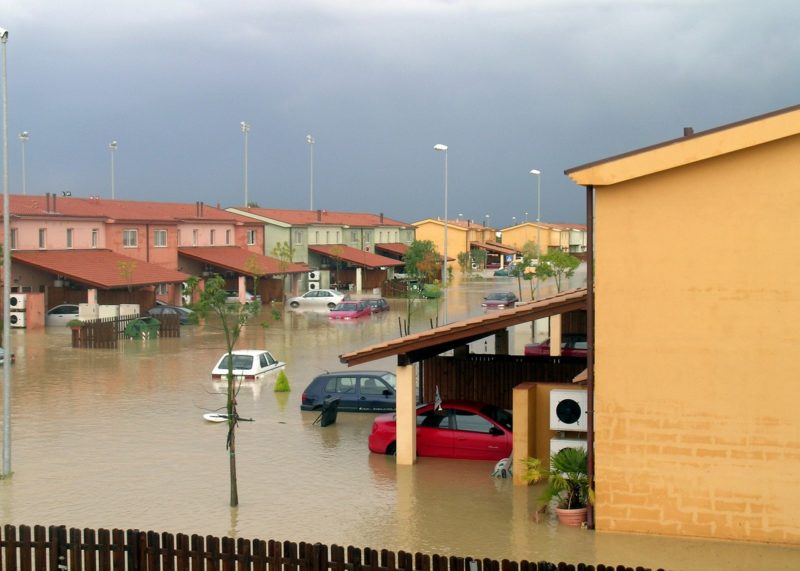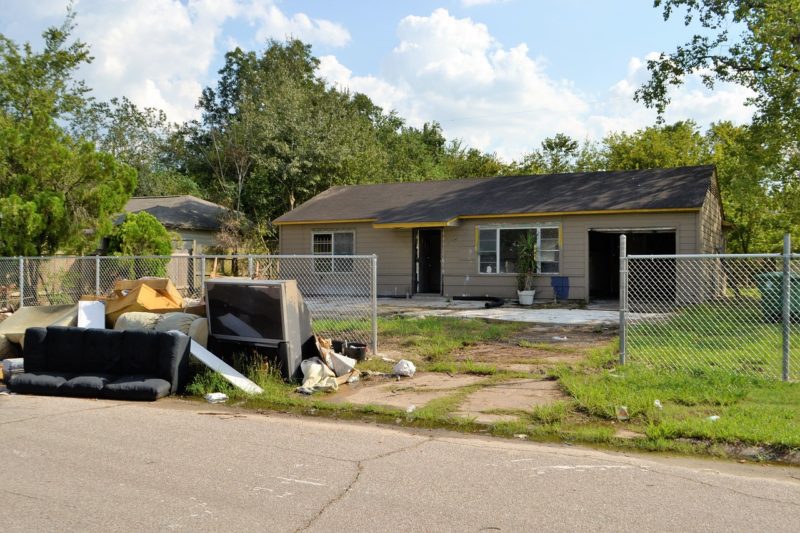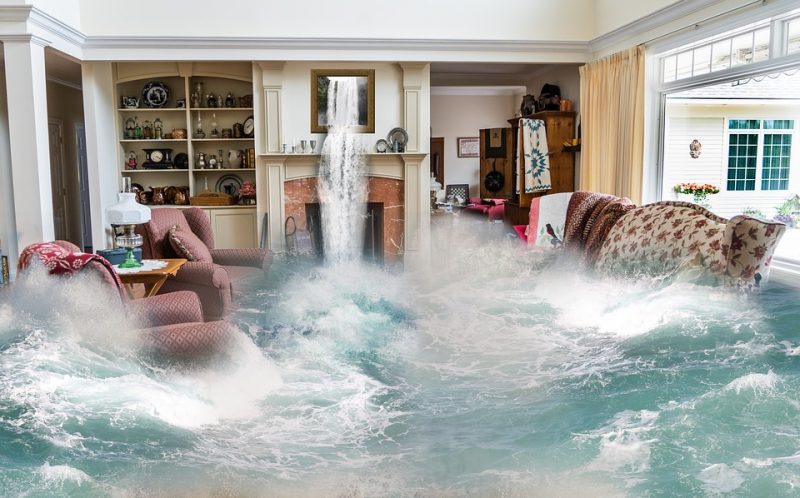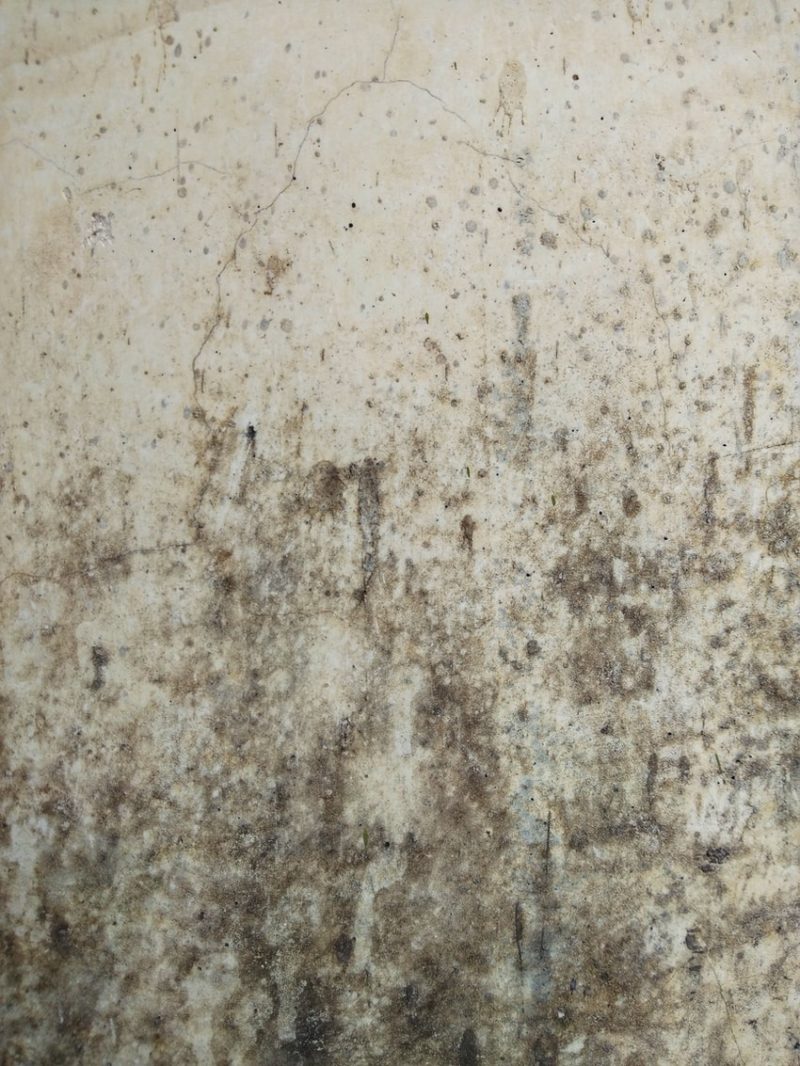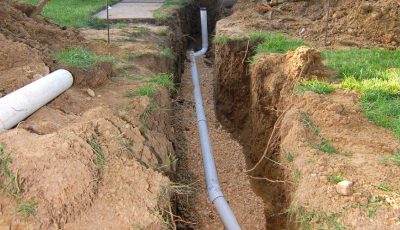Potential Damages to Address When Your Home Floods
When your home experiences flooding, it can be a heartbreaking and disruptive event. Not only is the experience of seeing common living spaces turned on their head difficult to take in – but you may also find yourself faced with a hefty list of damages that require repairing or replacing. However, managing what needs doing following a flood can ease the process of restoring your home to its usual brilliance; if you’re aware of all the potential damage flooding could cause beforehand, then you can make informed decisions about how best to proceed when disaster strikes. Read on for an overview of all the areas in which floods might put your property at risk!
Overview of Types of Flood Damage That Can Occur
Floods are natural disasters that can cause severe damage to our homes and infrastructure. They can be caused by a variety of environmental factors, such as intense rainfall, melting snow, or rising tides. The damage caused by floods can be extensive and long-lasting, affecting not only physical structures but also the livelihoods of those impacted. Common types of flood damage include structural damage, electrical damage, mold growth, and contamination of water sources. It’s crucial to understand the potential damage that can occur from a flood, especially if you live in an area prone to flooding. Remember, preparation and proper response can make all the difference in minimizing the impact of a flood on your life and property.
Identifying Water Damage in the Home and How to Spot It
Water damage in the home can be a tricky thing to spot, but with a little know-how, you can identify it before it causes extensive damage to your property. Some common signs of water damage include discolored or warped walls, ceilings, or floors, musty odors, and visible mold growth. It’s also a good idea to regularly check your pipes and plumbing for leaks, as they can quickly cause water damage if left unchecked. If you do find water damage in your home, it’s important to address it as soon as possible to prevent further damage and potential health risks. Don’t let water damage go unnoticed – with a few simple tricks and a bit of vigilance, you can protect your home and your health from the harmful effects of water damage.
Potential Structural Damage to Look for After a Flooding Event
When a flood strikes, it can leave a devastating impact on your home or building. It’s crucial to know what signs of structural damage to look for in the aftermath to ensure the safety of your property and loved ones. From cracks in the foundation to warped floors and walls, there are several indicators that your structure has been compromised. It’s vital to act fast and address any potential damage to prevent further long-term issues. While the aftermath of a flood can be overwhelming, keeping an interested and vigilant eye out for structural damage can make all the difference in quickly returning your home or building to its pre-flood state.
What to Do When Mold Appears After a Flood
When a flood strikes, it can be a devastating and overwhelming experience. But even after the waters recede, the damage can continue in the form of mold. Mold thrives in damp, humid environments, and that’s exactly what a flood leaves behind. But don’t panic – there are steps you can take to tackle the problem head-on. First and foremost, prioritize safety. Wear protective gear when dealing with mold and make sure the affected area is well-ventilated. Next, remove any materials that have been irreparably damaged by mold. Finally, thoroughly clean and disinfect the affected area to prevent mold from returning. If you’re concerned about your safety, or even if you just don’t want to deal with it yourself, find a company like Pure Maintenance Mold Removal that specializes in clearing out moldy spaces. It may seem like a daunting task, but with the right approach and a bit of elbow grease, you can successfully tackle mold after a flood.
Tips on How to Prevent Further Water Damage from Occurring
Water damage is not only frustrating but also costly to repair. If you have experienced water damage, taking immediate action is crucial to prevent any further damage. It is important to start by identifying the source of the water and turning off the water supply if necessary. Drying out the affected area should be your next priority. This can be done by using a dehumidifier, fans, or opening windows to improve ventilation. Removing any standing water and moisture is essential in preventing mold growth. Conduct a thorough inspection of the property to identify any potential leaks or future problems. It is important to act quickly to prevent further water damage from occurring.
Ways You Can Protect Your Home from Future Flooding Events
When it comes to protecting our homes from flooding events, there are some simple yet effective measures we can take. First and foremost, we need to be aware of our home’s flood risk level and take necessary precautions based on that information. This could include elevating our homes, adding flood barriers or seals to doors and windows, and regularly maintaining our drainage systems. Additionally, it’s always a good idea to have an emergency preparedness plan in place, including a list of emergency contacts and supplies. By taking these steps, we can safeguard our homes and our families from the devastating effects of flooding.
All in all, floods can cause incredible damage to homes and important possessions. From recognizing potential water damage from flooding events to taking steps to reduce the risk of additional water damage, it is important for homeowners to be proactive in limiting the possibility of serious damage being done. However, if flooding has already caused severe damage, it can be discouraging but knowing home repairs are possible with the help of professionals is encouraging. It’s crucial for both homeowners and property owners alike to educate themselves about what to look for after a flood so they understand when their home may need professional help. Taking action earlier often leads to a better outcome and less costly repairs, which is why understanding flood damage is so necessary- knowledge really is power!
Author Bio
Meghan Belnap is a freelance writer who enjoys spending time with her family. She loves being outdoors and researching new topics that help to expand her horizons. You can often find her buried in a good book or out looking for an adventure. You can connect with her on Facebook right here and Twitter right here.

